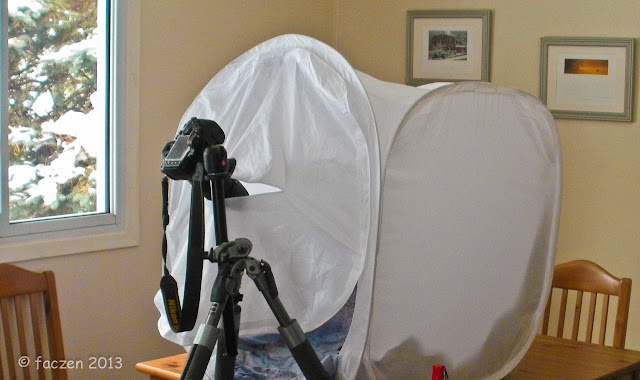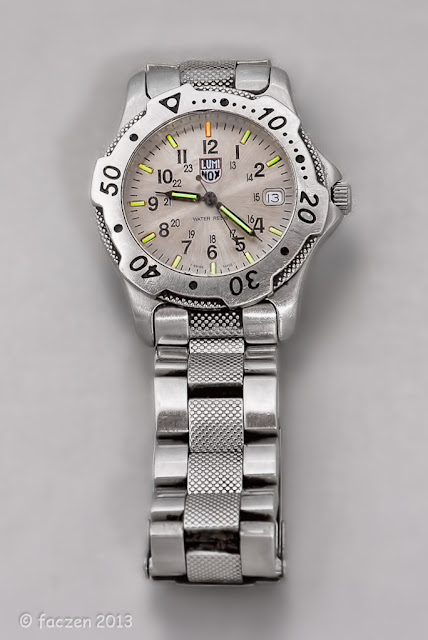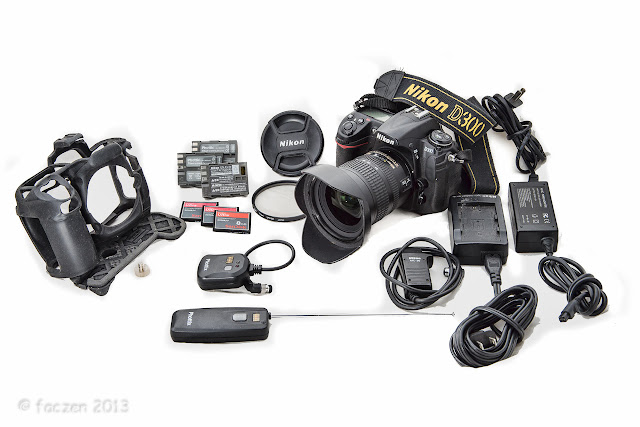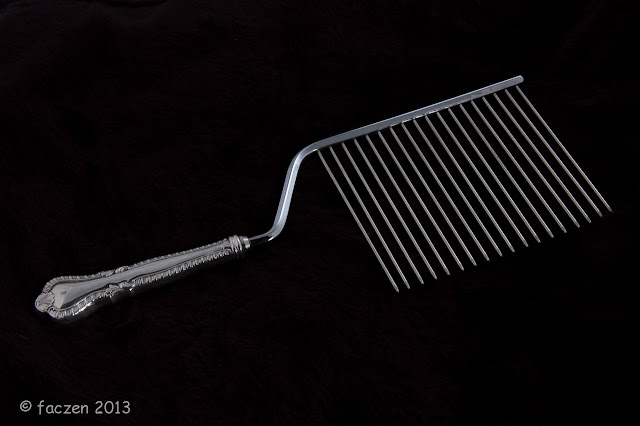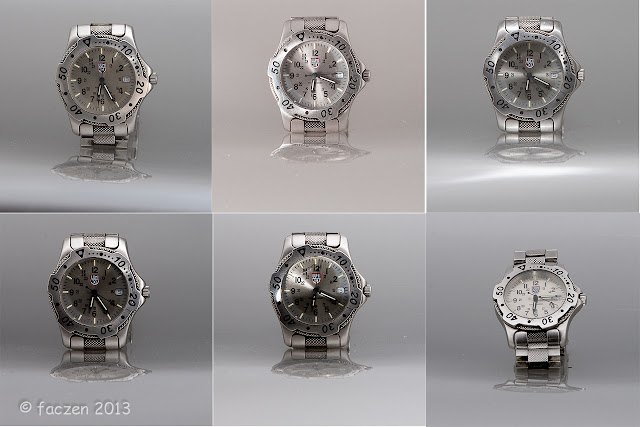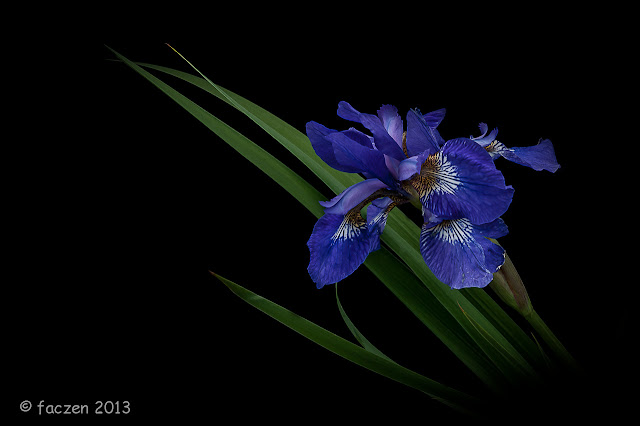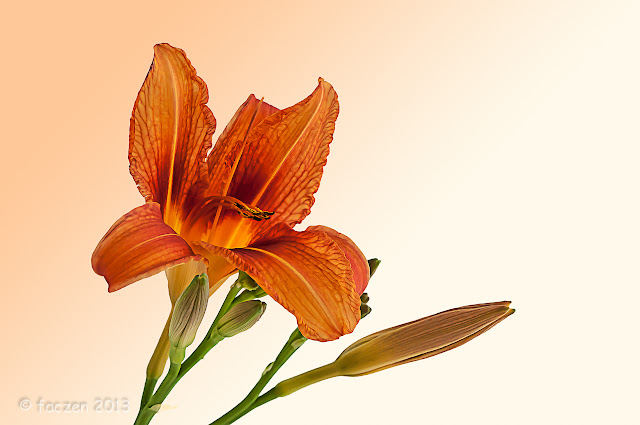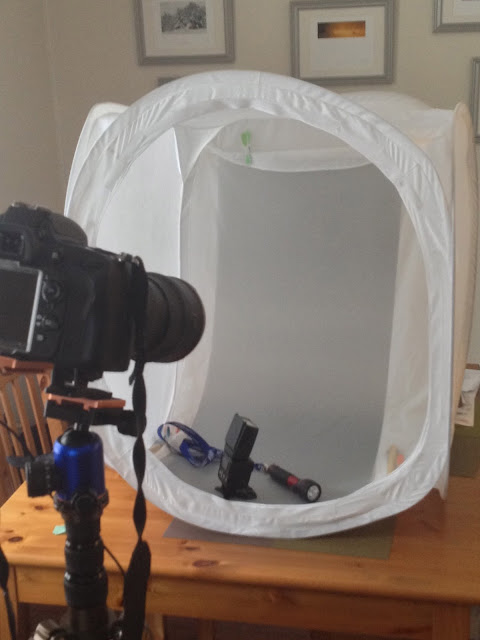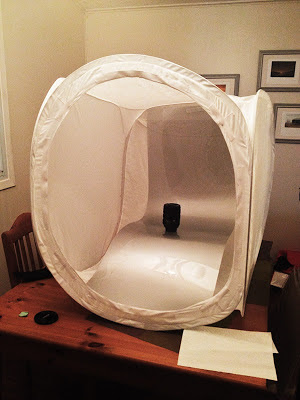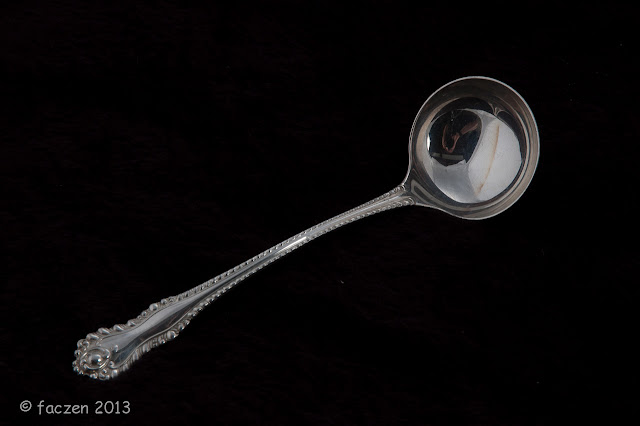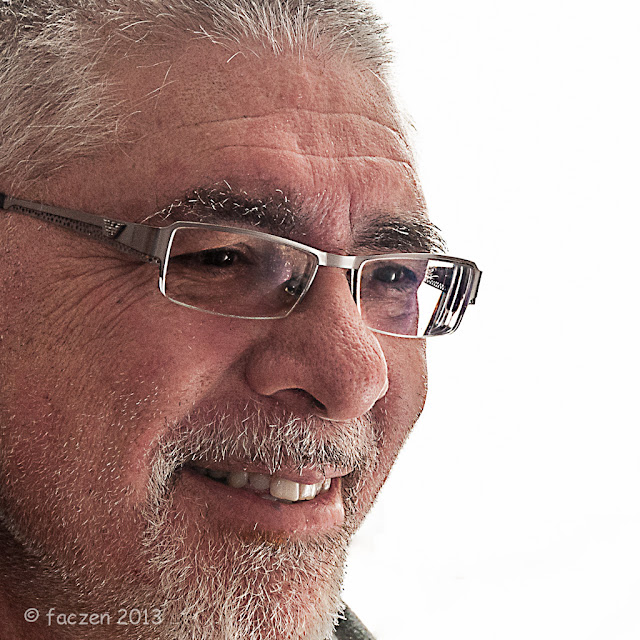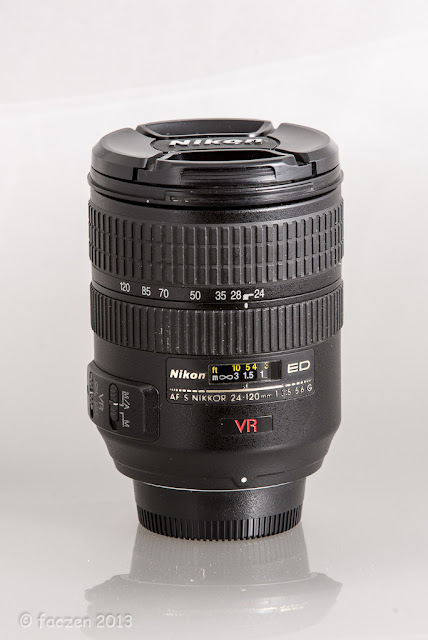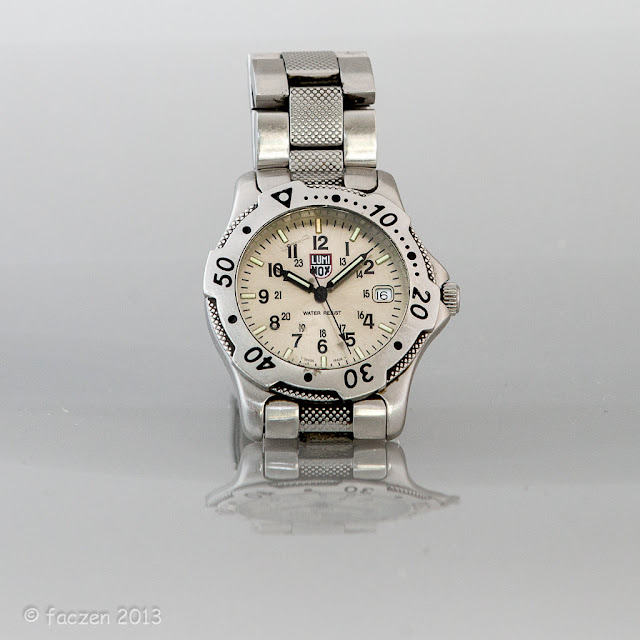This looks long and complicated. It is long, I tried to cover all the bases, but each section gives you the easy way to do what you need to do, and then a more detailed explanation of WHY if you want it.
I use several different programs depending on the task. If you use one that I haven't mentioned, this may be of limited use to you, but perhaps it will put you on the right track.
Why do you need to resize your images?
Short answer: "BECAUSE".
There are a several reasons.
- A photo taken by a modern digital camera can be HUGE. Even the latest round of SmartPhones have 41Mp sensors: each photo could be 50 megabytes in size! That takes up a lot of room on the server, it takes forever to upload it, and people trying to download it use up a lot of bandwidth just to see your picture.
- For similar reasons, some sites have limitations on the maximum size they will accept. Most of the forums are like that: for example, TIF (The Imaging Forum) has a limit of 800 pixels wide.
- Some sites will allow you to upload huge pictures, then they will reduce the size that they display. FaceBook and SmugMug come to mind. In the case of Facebook, it's well known that the methods they use to reduce your picture to a reasonable size will degrade the picture, both the colour and the resolution, and introduce 'artifacts' that weren't in the original picture.
- If you're trying to view a picture on your computer, most monitors are only capable of displaying between 1000 and 2000 pixels wide. So a full-screen image on the biggest monitor is going to be less than that. The same thing is true of projectors, which might be used to evaluate your images. And finally,
- If you upload a full-resolution image, people might be able to steal it and make prints from it or sell it, or claim that it is their own. If you put up a reduced size, it's not printable.
What size do you want your images to be?
Short answer: depends what you're trying to do with it.
Here and there you're going to see boxes that let you choose the resolution. You might see numbers like "240 pixels/inch" or "300 pixels/inch" or "72 pixels per inch". Generally the resolution doesn't matter at all. The device you're sending it to will decide. Unless you want your picture to be a certain size in inches, like you would when you print. Multiply the number of inches by the number of pixels/inch and it will tell you how many pixels you need. Work in pixels, not inches.
For uploading to the internet:
- Normal images should fit inside a frame that's 800 pixels wide and 600 pixels high.
- Large images should fit inside a frame that's 1280 pixels wide and 1024 pixels high.
- Facebook will give you sharper images if you use 2048 or 960 pixels on the long side (height or width). Don't ask why. It will resize it anyway to fit in its framework.
- Most monitors show only 72 dots per inch. So if you make your images fit inside 1280 pixels wide by 1024 images high you'll have a picture that's 18" wide and 14" high. Big enough?
- iPads have higher resolution. Go for 2048 pixels on the long side. (New iPads might be even higher, but I don't know, I don't have one!)
- Our projector likes images that are 1280 pixels wide by 1024 pixels high. Don't exceed these dimensions.
- Of course your picture might be very wide or very tall: remember to keep the maximum dimension inside that frame.
- Printers work best around 300 dots per inch. So to make an 8x10 print, you need about
2400 x 3000 pixels. - Most people can't tell the difference if you have only 200 dots per inch. So 1600 x 2000 pixels might be enough.
Short answer: Go to Image → Resize → Image Size. Make sure "Resample Image" is selected. Change the number of pixels in the "width" or the "height" boxes to whatever you want. Press "OK". "Save As..." and give it a new name ending in '.jpg'.I only have an older version (10) of Elements, so your screen might look a little different if you have a newer one. It should be very similar, though. If you have an image open, go to the "Image" menu, drag down to "Resize" and over to "Image Size". You can also use a keyboard shortcut, on Windows machines it's Ctrl-Alt-I, on Mac it's Opt-Cmd-I. In both cases, you hold down the modifier keys (ctrl, alt, etc) and touch the "I" key.
Now when you open the dialog box, you'll see a window like this:
The original picture has a certain "aspect ratio": in this case, it's about 3x2. That means that the height is 2/3 of the width and you want to keep it that way, or it will get distorted! That symbol on the right side of the box shows that you are locking those two values together, and that's what the "Constrain Proportions" tickbox is about.
If you click "OK" at this point, suddenly the picture looks really small on your screen! Well that's because it IS smaller than it was.
Note: It took me MUCH longer to type this than it does for you to do it. Two steps: resize the image and save it under a new name. Make sense?
Short answer: Go to Image → Image Size. Make sure the width and height are showing in pixels, not inches or cm. Change the number of pixels in the "width" or the "height" boxes to whatever you want. Press "OK". "Save As..." and give it a new name ending in '.jpg'.Ready for this? It's EXACTLY THE SAME AS ELEMENTS. The dialog boxes look a little different, but the functions are the same. These programs were written by the same people!
Lightroom
Short answer: Go to File → Export. Tell it where to put the picture. Make sure "resize to fit" is selected and the width and height are showing in pixels, not inches or cm. Change the number of pixels in the "width" or the "height" boxes to whatever you want. Make sure the file settings are "Jpeg" and "sRGB". Click "Export".This one's a little different. Lightroom is a program designed to catalog and store your original files, no matter what kind of images they are. Sort of like storing negatives in the old days. So to output a picture, you want to EXPORT it. And normally you wouldn't store the exported image in your Lightroom Catalog, just the same way you wouldn't store a print in your negative file in the old days.
OK, so when you have a picture selected onscreen in Lightroom, choose "Export" from the file menu.
A new dialog box will open. Now if you haven't created a bunch of custom presets (if you're reading this, you probably haven't!), you can ignore the whole left side.
 |
Notice where it says "Export One File" at the top? If you had selected 100 files, you could export them ALL with one keystroke! That's a lesson for another day! |
 |
If you scroll down, this is the rest of the dialog box |
What you want to do is tell Lightroom
- where to put the file
- what to call it
- what kind of file it is
- what size it should be...
- ...and a bunch of other stuff that's not important here and the subject of another lesson.
In Lightroom you can save these preferences so that next time they'll already be in there and you just have to click "Export".
Short Answer: these are ALL short answers. There are so many different programs and systems out there! If you're confused, especially if you're an HHCC member, get in touch and we'll see what we can do.
FlickR or other picture sites
I dunno. I don't use them. Probably just as simple.
Your own webspace
If you have your own webspace, you know that's a place where you can upload pages or images or whatever kinds of files for other people to access.
I have my own websites. Generally the Internet Service Provider (ISP) who is hosting your site will tell you how to upload files: it's usually through a mechanism called "File Transfer Protocol" or FTP. There are lots of FTP programs out there.
Details on how to do that are for another day.
Most of the forums use the same software. When you join a forum, you will find sticky instructions on how to upload to it in their FAQ section.
Basically there are two ways to get an image into a forum:
- Upload it to the forum server itself. They don't usually like that (but they tolerate it), especially if your image takes up a lot of space.
- Upload it to your own webspace, then put a link to where the picture is in the forum post. That's the preferred way
- Most forums have a limitation of 800 pixels wide x 600 pixels high as a maximum.










































